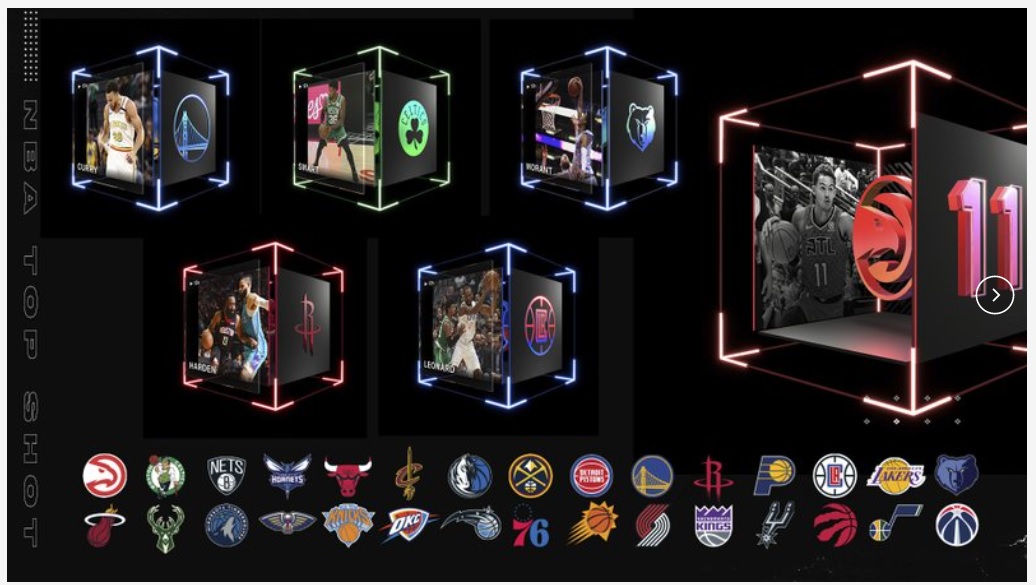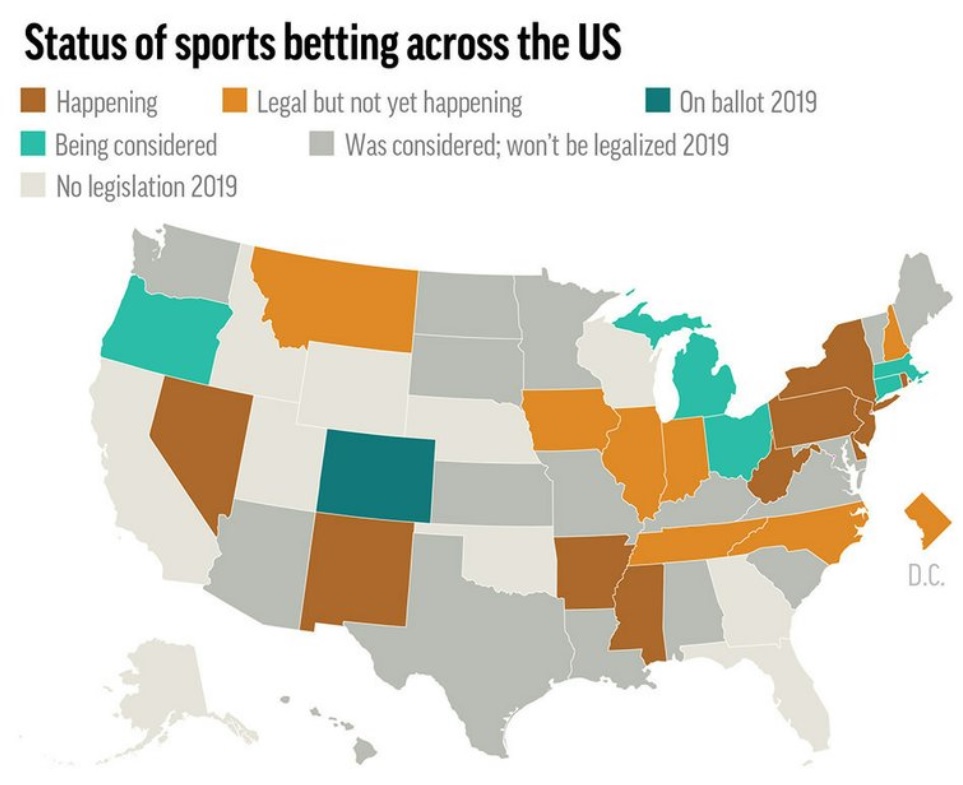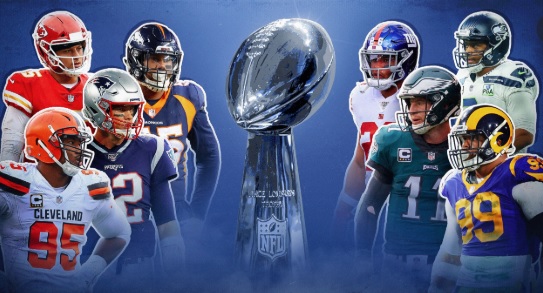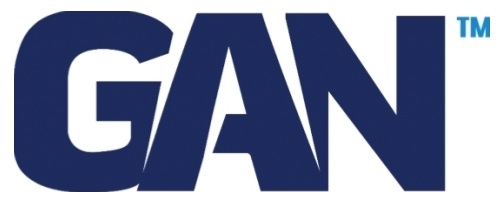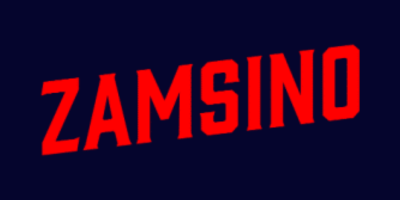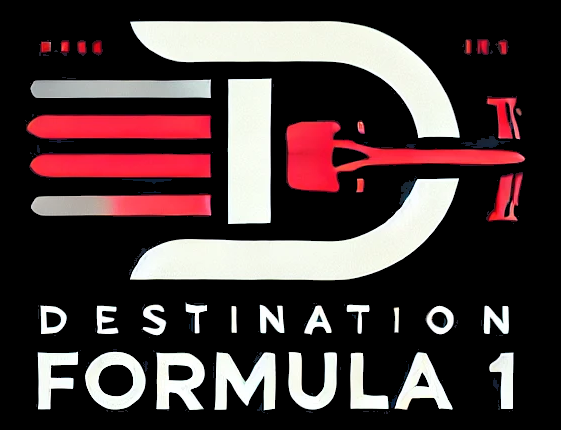SILVER SPRING, Md. (AP) — Maybe the Luka Doncic rookie basketball card that recently sold at auction for a record $4.6 million was a bit rich for your blood. Perhaps you’d be interested in a more affordable alternative — say, a virtual card of the Dallas Mavericks forward currently listed for a mere $150,000?
Not long ago, there’s no way you’d plunk down even $1.50 for a digital image that could be copied for free. But sports trading cards have gone convincingly digital, complete with rare collector’s items and the adrenaline rush of opening a fresh pack — minus the stale, shattered plank of powdery bubblegum you might remember from childhood.
These digital cards, dubbed “moments,” appear on screen as spinning, floating digital cubes that each feature a video highlight of an NBA player. They sprang into existence just five months ago, after the Canadian tech startup Dapper Labs convinced the NBA that it could not only prevent cheap — well, free — knock-offs, it could help the NBA make a few bucks in the process.
Dapper announced Tuesday that it had secured $305 million in new private funding from a group that includes former NBA great Michael Jordan and more than a dozen current players. The company said the new round of funding will help it expand its NFT and blockchain products to other sports leagues and a wide range of businesses.
What makes all this possible is a clever use of the cryptocurrency technology called blockchain, which allows the creation of permanent certificates of ownership that can’t be copied or deleted. It’s the same technique that recently allowed the artist known as Beeple to sell a digital work for almost $70 million.
Most moments — typically ones in heavy circulation — cost around $20 and often below $10. Of course, the biggest transactions — a LeBron James dunk recently went for $210,000 — get the most attention. Despite some early tech hiccups, the NBA says it is “thrilled” with the response from fans, who bombard the Top Shot website every time new packs of cards drop.
Each such pack drop injects thousands of new cards into the market, offering buyers an affordable way to add to their collections. The cheapest packs have three “common” cards and cost $9. More expensive packs with more and rarer cards can cost almost $1000.
Fans halfway around the world are setting their alarms in the middle of the night just to get in line for a chance to buy a pack. Videos of the flashy pack openings are logging tens of thousands of views all over YouTube. Even NBA players are getting in on the action.
“I’m not going to lie, it makes me feel like I’m a kid again,” Orlando Magic guard Terrence Ross said. “At lunch, at school trading NBA cards — it’s fun.”
Since the beta went live in October, Top Shot says it has registered more than 800,000 users and rung up nearly $500 million in sales. March sales should easily surpass February sales of $232 million, which was about five times January turnover.
“It’s happened really quickly,” said Dapper Labs CEO Roham Gharegozlou. “We’re sort of scrambling to keep up.”
After a year of playing games to empty arenas amid the pandemic, the NBA is ecstatic about the frenzy. Dapper Labs, the NBA and its players share a 5% fee on peer-to-peer transactions; the league also gets a cut of the pack drop sales.
NBA Commissioner Adam Silver told The Associated Press: “I think we’re just scratching the surface on what the potential is for blockchain to completely transform the digital collectibles industry.”
Yes, he said “blockchain.”
Each Top Shot card comes with a non-fungible token, or NFT, that confirms an item’s ownership by recording the details on a decentralized digital ledger known as the blockchain. NFTs can be used to trace an object’s digital origin, allowing one to prove ownership. It also creates a somewhat artificial scarcity that can juice a product’s value.
Aaron Perzanowski, a law professor at Case Western Reserve University and co-author of the book “The End of Ownership,” said the NFT craze is partly a response to consumers’ genuine desire to reclaim a sense of ownership in an increasingly digital, intangible economy.
“Granted, right now, that desire is expressing itself through a seemingly frivolous and exploitative trend that, to most of us, looks irrational,” Perzanowski said.
Gharegozlou insists that Top Shot won’t end up like Dapper’s previous project, CryptoKitties, a digital cat-breeding and trading game that saw virtual cats selling for six figures before crashing. The company said problems that plagued CryptoKitties — skyrocketing blockchain costs and the inability to control its digital inventory — aren’t an issue for Top Shot.
Dapper promotes Top Shot as both a fun hobby for collectors and an opportunity for investors. “It’s like stock market investing reimagined for fans,” according to one promotional email.
Just like anyone starting to invest in stocks, novice Top Shot investors would be wise to learn the vernacular, study the marketplace and listen to more experienced players. Because all minted cards and transactions are openly documented on the blockchain, a growing number of websites crunch that data for users to analyze before buying or selling. There are also free tutorials on the internet.
Cards are valued by several different factors, including some unique measures based on their serial numbers. Unsurprisingly, moments of the league’s best players tend to be more valuable. The rarer a moment is, the more expensive it’s likely to be. The lower the card number is in a series, the more it should fetch on the market. And if your ownership serial number happens to match the jersey number of the player featured? Ka-ching.
Dean Brostek, who runs a sports consultancy and data intelligence business in Melbourne, Australia, considers himself both a collector and investor. The 43-year-old’s interest in the NBA had waned until his teenage son picked up basketball a few years ago. Then he read about Top Shot and decided to give it a whirl.
After a few misses, some related to dealing with the 18-hour time difference in the wee hours, Brostek finally got his pack, opened it with his kids and posted the video online. “It was really cool,” he said. “They’ve done a really nice job of creating a bit of theater.”


